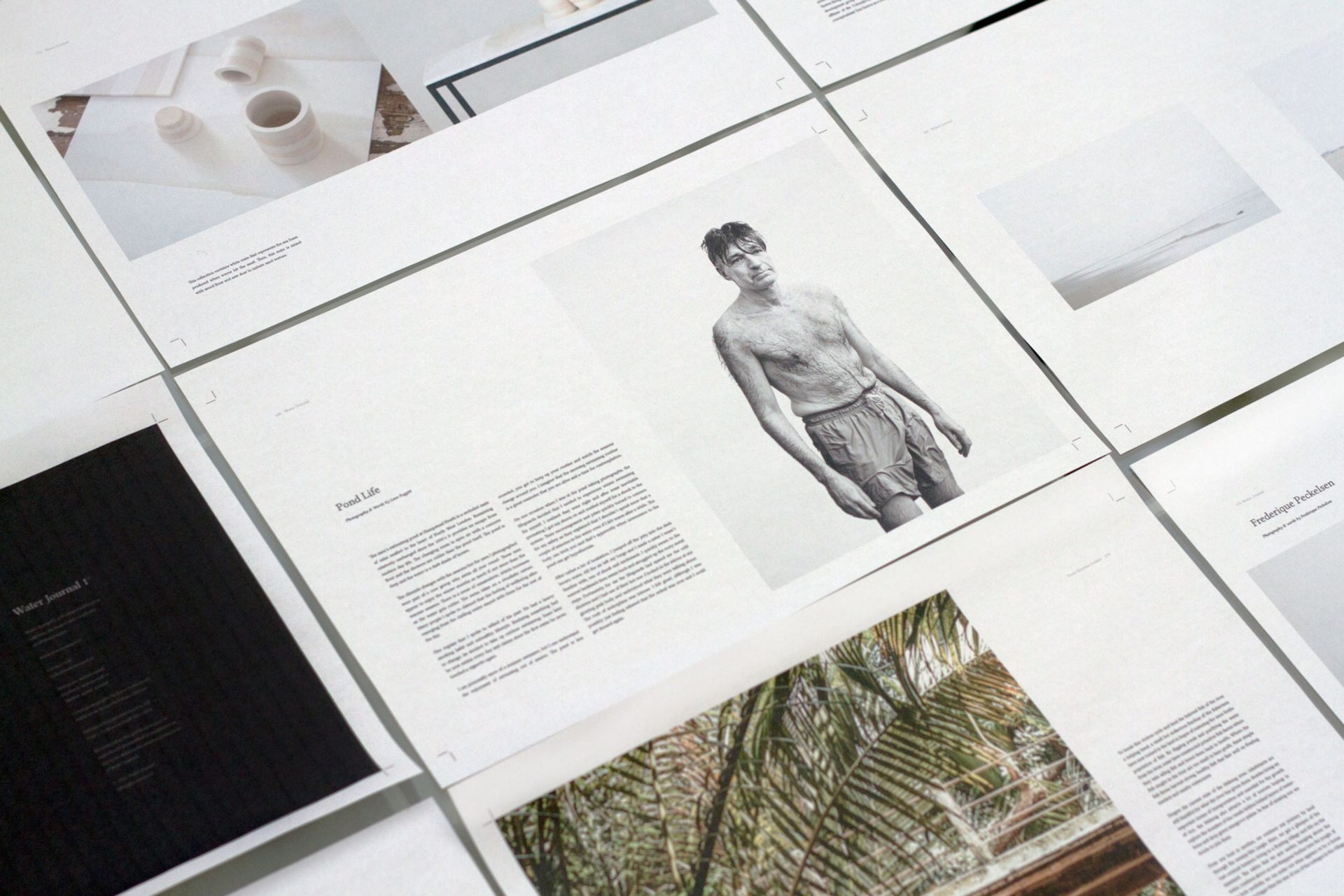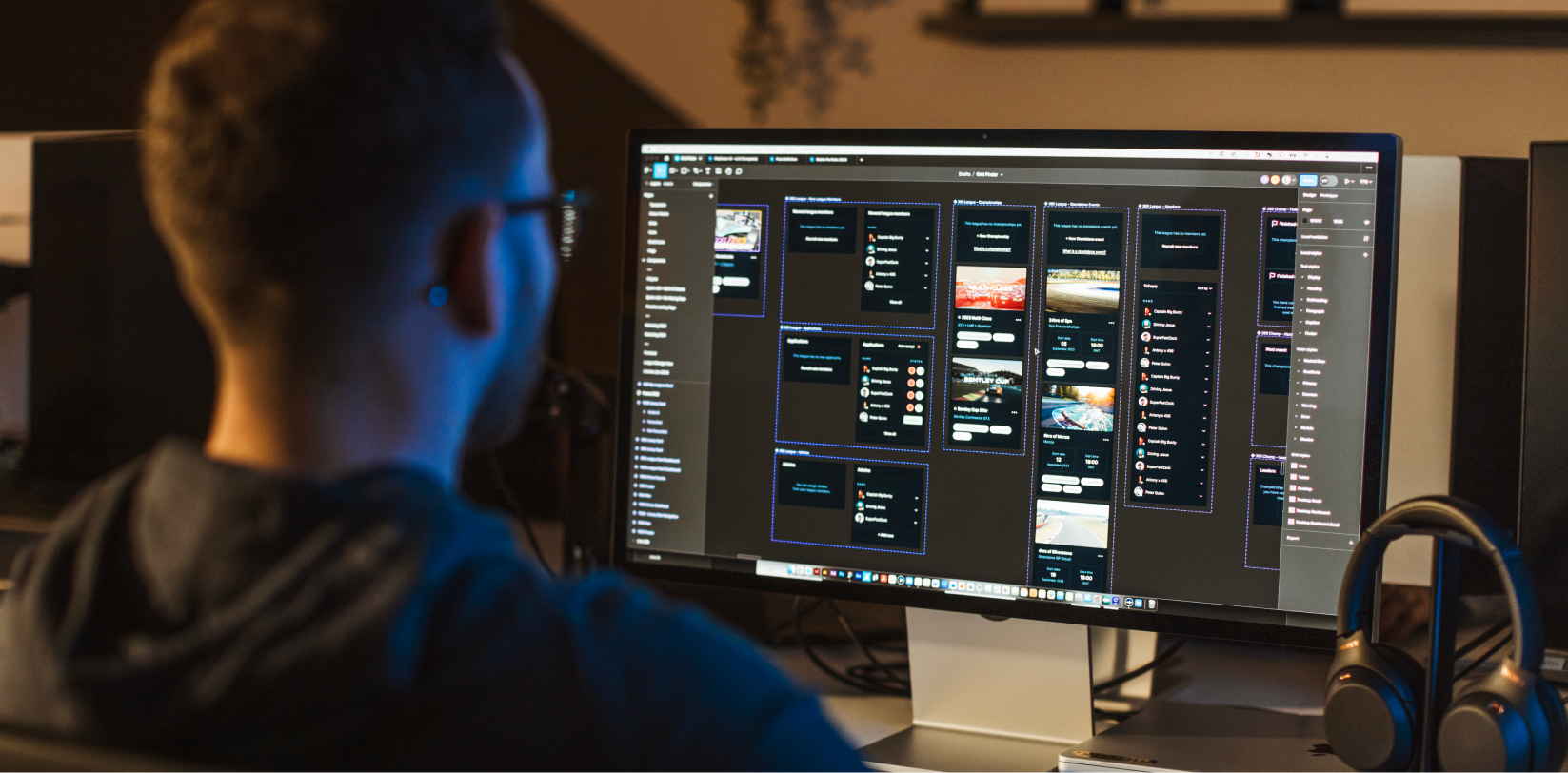A great, solid portfolio is crucial for any type of designer, whether you’re applying for a new job or pitching to a potential client.
However, many of those who are just starting out in the creative world, find the task of curating their work into one neat and tidy package extremely daunting.
Where on Earth do you start? And, what do you need to include?
Over the years, we like to think that we’ve learnt a thing or two about a good portfolio, so we thought we’d share some of our top tips with you.
Do I print or go digital?
We’re now living in a digitally-driven age, so it’s only natural that most designers now make their portfolios available online.
We’d advise you to follow suit because it allows you to have an up-to-date collection of your best work on hand to send out whenever necessary.
However, it’s also wise to have a print-ready version of your portfolio for those important face-to-face client meetings. It’s always nice to give potential customers – or employees – the chance to flick through your work and take something physical away from them.
Be selective.
The key thing to avoid when creating any portfolio is grabbing anything and everything you’ve ever created – including those birthday party invites your grandma asked to you make.
Your portfolio is there to highlight your strengths and showcase your best work, so go through your past projects and cherry-pick the ones you are most proud of. Try narrowing it down between 10-20 pieces.
Be descriptive.
They say a picture is worth 1,000 words, but it’s also useful to include some supporting text alongside each project in your portfolio.
Design is a communication tool and not just there to make something look pretty, so ensure that you clearly explain the choices you made for each aspect of the design.
Be a problem-solver.
Designers have a distinctive talent for solving major problems, so be sure to get that message across.
We all have our favourite parts of the job, but it’s crucial to be able to prove that you’re not a one-trick pony.
Feel free to focus on your main passion, whether that’s illustration or user interface, but don’t forget to mention the other skills you have, especially if they relate to the project you’re hoping to work on.
If you want to bag that job – or dream client – you’ll need to demonstrate that you’re an excellent communicator who can fit in well with the existing team, manage your time well and meet budgets and deadlines.
Be creative.
As a rule of thumb, only include projects that you’ve worked on during the past three years. This means that the work is fresh, current and more than likely your best yet.
Don’t be afraid to stand out from the crowd and express your unique talent – after all, that’s what marks you out from the rest, right?
You want your portfolio to ‘wow’ people, so don’t hold back in showing them what you can do.
If you would like some more inspiration on what makes a good design portfolio, check out ours here.


